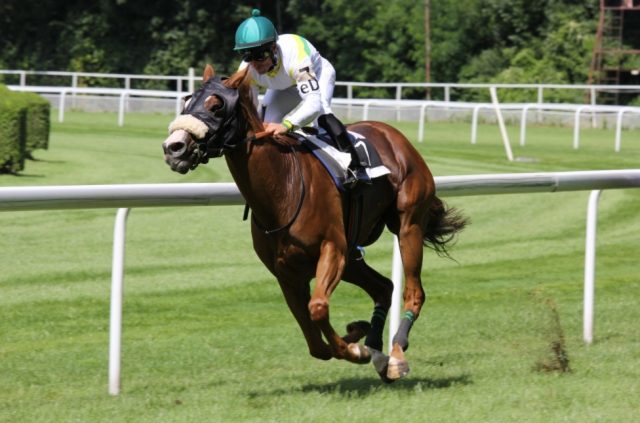If the United States is your base, you are probably used to dirt racing, while turf or grass surface is more common in other places, including Europe. Quite a number of horse racing fans don’t know the difference between dirt and grass racing.
To most people, the multiple racing surface just adds to the fun and excitement of the sport. Yes, that’s undeniable. But what’s the significance of racing on dirt and racing on grass or turf surfaces? If you are a regular punter, trust us, this is information you should know well enough before jumping on your odds calculator.
That said, here’s a short article on why some horse races have different tracks: Grass vs Dirt.
Grass vs Dirt: The basics
Early horse racing began on grass; however, the need for maintenance and its slippery nature paved why for dirt racing. In North America, grass surfaces nearly went out of use when dirt surfaces came into the scenes but were later reintroduced to make the races even more competitive.
Yes, multiple racing surfaces makes the sport more exciting, but one of the first things you might want to know is that horses that shine on grass may not necessarily do well on dirt. In fact, most horses that are excellent on the former don’t perform equally on the latter.
Grass surfaces can be easy for horses to run on but can also be difficult and unsafe when it’s wet. Therefore, expect a horse with stamina to generally do well on grass surfaces rather than dirt. Furthermore, horses that are relatively taller and with larger hoofs do well on grass. When it comes to dirt, these types of thoroughbreds’ feet drive through the soil.
This condition makes horses do more work or need more energy to maintain speed. This way, horses burn out or get tired quickly. You’ll do well to avoid placing a bet if the race is long distance.
Grass vs Dirt:
It’s not just a horse’s preference. Make no mistake, most horses that outperform other horses easily on grass or dirt were bred to shine on those surfaces. Many trainers choose to breed their horses on a specific surface mostly because the sire and dam have shown competence on that surface.
While you may not think this is important, especially if you’re a casual punter, it’s information worth knowing if you need an extra to choose a potential winner. Still, it doesn’t mean that a horse that isn’t bred for a surface can’t do well on that surface. Many trainers also transition horses to test their ability on a different surface or give the horse a winning chance, especially when it hasn’t been performing well on a previous surface.
While it is possible for a horse to be impressively versatile on both grass and dirt based on training, it’s easier for the ones bred for a surface to shine on that surface. Meaning, you’ll do well to place your bets on a horse with a bloodline of excellent grass racers if the competing surface is grass.
Horses have the opportunity to win with different tracks.
Since many horses perform differently on different surfaces, the existence of both tracks gives room for more horses to win. For example, a horse from a bloodline of dirt racers may be at a disadvantage if there are only grass or turf surfaces. An owner or trainer can choose to train their horses on a particular surface if it hasn’t been doing well on another surface. This way, the chances of winning may increase.
Track record.
Whether your horse comes from a bloodline of dirt or grass races, you also don’t want to ignore past records when choosing a winner. For example, If a horse has a good history on grass, it’s okay to back the horse. While there are no guarantees, it’s a good reason to place a bet.

A professional writer with over a decade of incessant writing skills. Her topics of interest and expertise range from health, nutrition and psychology.




